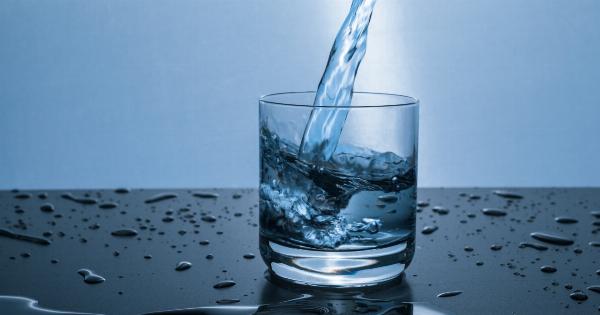Chemicals in our water supply can be harmful to humans. In particular, certain chemicals can increase the risk of cancer. This is especially concerning for men, who have a higher risk of developing cancer than women.
Which Chemicals in Water can Cause Cancer?
There are several chemicals in water that have been linked to an increased risk of cancer. These include:.
- Arsenic
- Chlorine
- Chromium
- Fluoride
- Lead
- Manganese
- Nitrate
- Radium
- Radon
- Volatile Organic Compounds (VOCs)
These chemicals can be found in both public and private water supplies. Public water supplies are regulated by the Environmental Protection Agency (EPA) to ensure that the levels of these chemicals in the water are safe.
However, private wells are not regulated by the EPA, so it is important to have your well water tested regularly to ensure that it is safe to drink.
What are Safe Levels of Chemicals in Water?
The EPA has set standards for the maximum allowable levels of these chemicals in public water supplies. These standards are designed to protect human health and are based on a thorough review of scientific research.
The EPA also provides guidance for private well owners, but it is important to note that these are not legally enforceable standards.
For example, the maximum allowable level of arsenic in public water supplies is 10 parts per billion (ppb). This means that drinking water containing more than 10 ppb of arsenic could increase the risk of cancer.
The maximum allowable level of lead in public water supplies is 15 ppb, and the maximum allowable level of radon is 4,000 pCi/L.
It is important to note that even if the levels of these chemicals in your water supply are below the maximum allowable levels, there is still a risk of cancer. It is always a good idea to reduce your exposure to these chemicals as much as possible.
Reducing Your Exposure to Chemicals in Water
There are several steps you can take to reduce your exposure to chemicals in water:.
- Install a water filtration system. A water filtration system can remove many of the harmful chemicals from your drinking water.
- Drink bottled water. Bottled water is often safer than tap water, but be sure to choose a brand that has been properly tested and labeled as safe.
- Avoid using pesticides and fertilizers. These chemicals can seep into the groundwater and contaminate your well water.
- Test your water regularly. Have your well water tested at least once a year to ensure that it is safe to drink.
- Reduce your exposure to VOCs. VOCs are commonly found in cleaning products, paints, and solvents. Use these products in a well-ventilated area or consider using natural alternatives.
Conclusion
The chemicals in our water supply can have serious health effects, including an increased risk of cancer. Men are particularly at risk, so it is important to take steps to reduce your exposure to these chemicals.
This includes installing a water filtration system, drinking bottled water, avoiding pesticides and fertilizers, testing your water regularly, and reducing your exposure to VOCs. By taking these steps, you can help protect yourself and your family from the harmful effects of chemicals in water.



























